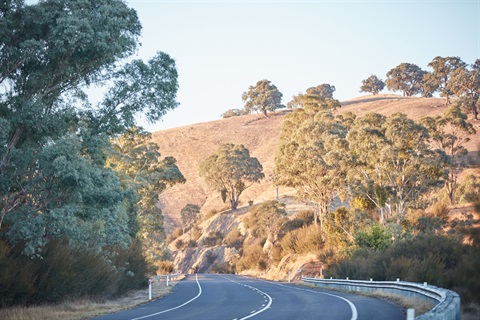A lack of new electricity transmission planning and investment, along with a lengthy, costly and opaque grid connection process risks derailing WA’s ambitious plans to decarbonise and bring new renewables and dispatchable plant onto the grid, according to a new report prepared for the Australian Energy Council.
To meet the state’s emissions targets and make the energy transition away from coal-fired plants the bottlenecks identified in the report (“Bottlenecks affecting generation investment in WA”) will need to be addressed. The Australian Energy Council, which is the peak body for energy generators and retailers, commissioned Oakley Greenwood to examine the challenges of getting new generation onto the grid.
The Council’s Chief Executive, Sarah McNamara, said there is an urgent need for new generation in WA’s grid, but the connection process is long and opaque and that creates uncertainty and unnecessary bottlenecks for investors.
“Investors trying to bring new renewables along with dispatchable projects, like gas plants and batteries, onto the grid have been facing significant hurdles. Those hurdles are making it challenging for new projects to be online in time to meet the State’s ambitious decarbonisation agenda.
“What’s required is a quicker and more transparent grid connection process and a credible transmission plan that won’t be changed or overridden. That will bring certainty for investment.”
Oakley Greenwood identified that the current connection process for new projects can take up to five years and uses a “first-in, first-served” approach, which can create issues.
“The current ‘first-in, first-served’ approach means that the best new projects could be left waiting in the connection queue for years behind other projects that may not be funded or are in areas where new transmission is not planned. Western Power is not obligated to process connection enquiries within defined time frames, with the current arrangement only talking of reasonable timeframes and best endeavours. Ensuring more definitive timeframes can only help.”
The report highlights that “concerningly” only 5 per cent of applications make it through to the end of the process.
Reasons for this could include some proponents being “tyre kickers”, while genuine applicants give up because they find the process too frustrating, or the lengthy timeframes leading to applicants missing out on the ‘market opportunity’ that once existed.
Background and recommendations
WA is undergoing a major energy transition led by the State Government’s policies that will see more renewables come into the grid. Key policies include the net zero by 2050 target, the renewable hydrogen target as well as plans to close the state’s coal-fired power stations by 2030 and build new wind and battery storage, and the rollout of stand-alone power systems. There is also expected to be strong growth in electricity demand because of state and Federal policies, and increased electrification.
The state government has attempted to address the urgent need for new transmission by making changes which give the Energy Minister powers to declare priority transmission projects with little oversight.
Key recommendations from the report include:
- The grid connection process needs to be shortened dramatically to increase investor certainty and ensure projects are brought onto the grid in time to meet the forecast capacity shortfall of approximately 4,000MW by 2032-33.
- There should always only be one authoritative source of network planning. To do otherwise creates uncertainty in the planning arrangements, which increases the risk to parties contemplating investment in the SWIS. In Oakley Greenwood’s opinion, Western Power, the asset owner, is the logical body to continue in this role. If government considers another body, it should be independent, have a robust development and review process and use consistent approaches, processes and methodologies.
- A credible transmission plan needs to be produced and maintained.
- Charging and cost-recovery mechanisms for transmission investments should be clarified and equitable across all investors.
About the Australian Energy Council
The Australian Energy Council is the peak industry body for electricity and downstream natural gas businesses operating in the competitive wholesale and retail energy markets. AEC members generate and sell energy to 10 million homes and businesses and are major investors in renewable energy generation. The AEC supports reaching net-zero by 2050 as well as a 55 per cent emissions reduction target by 2035 and is committed to delivering the energy transition for the benefit of consumers.








